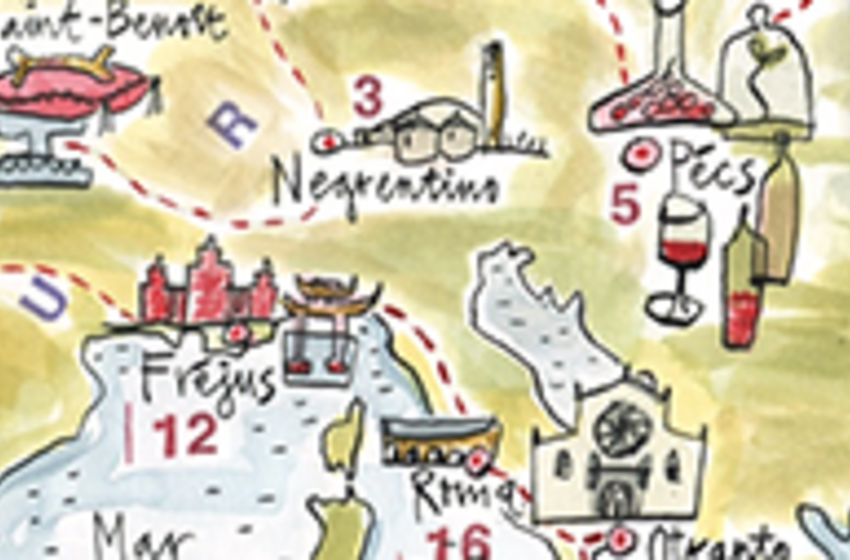JOURNEY INTO THE SOUL OF EUROPE.A JOURNEY IN 16 STAGES ON SOLE 24 ORE DOMENICA CHRONICLED BY CARLO OSSOLA

What words can Europe use today to help recognize itself and be recognized? Where did the Europe we live in originate from and what characters and events have shaped it as we live it today? A Union unwilling to equip itself with an identity card, a Europe that is straying from the very idea of unity that has kept it together for thousands of years, due to the slow overlapping and layering of its innermost nature.
Starting on Sunday 16 April, Il Sole 24 Ore embarks on a journey in 16 stages through 16 symbolic places. Readers will be guided by Carlo Ossola, Italian scholar at the College de France, and freshly appointed member of the American Academy of Science and Arts, who has put aside the larger cities and capitals and chosen “common places" of a daily reality to rediscover: “nodes that, touched by the acupuncture of historical consciousness, release the pain of countless confrontations and the wisdom culled from a rich fabric of knowledge”.
In a geography of a continent now charted by the destinations of low-cost flights, the intent is to rediscover a "historical map" of Europe’s identity: starting from Anderlecht, from the birthplace of Erasmus, just a few steps away from the area where some of the Bataclàn terrorists lived. In this humanistic abode hidden in the green lived Erasmus in 1521, father of European peace and exchange among youngsters coming from every part of the world. The journey continues to touch places such as St. Bénoit et Germigny-sur-Loire, where Theodulf, close adviser of Charlemagne, decided to represent the art of Byzantium and Jerusalem and reunite the long migrations of faith, or Trier (Augusta Treverorum), the noblest and most populated Roman city north of the Alps, an illustrious capital until Constantine and hotbed of European genius: from Karl Marx to Alexander Lonquich. Or Pécs in Hungary: city of Celts, Illyrians, Pannonians, Ottoman Turks, and Austrian Hungarians, home to the early Christian cemetery, as well as the Jákováli Hásszán mosque and the great synagogue of Pécs. Finishing off with Glendalough, the Ireland of John Scotus Eriugena, who translated from Greek the works of Origen and the Cappadocian Fathers, introducing in Europe the Neo-Platonism of Pseudo-Dionysius.
An itinerary that will take readers into the comprehension, history, identity and the past and future roots of our common homeland.